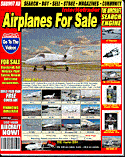 |

1989 Porsche 911
|
More 1989 Porsche 911's
For Sale,
Parts,
Repairs,
How To Fix,
Manuals,
Online Store,
Videos,
Images,
Restorations,
Shows,
Events,
Auctions,
Classifieds,
Clubs,
News,
Blogs,
Forums,
Magazines,
Die Cast Models
|
|
| Address: Scotts Valley, CA | |
Mileage: 1,898 | |
| Exterior Color: Red | |
Interior Color: Tan | |
| Transmission: Manual | |
|
Contact Me...
|
|
|
1989 Porsche Speedster 962 Twin-Turbo 3.3 litre 962 Engine Twin 959S K26 Turbos with Garretson Intercooler EFI Technology x3 race ecu with wideband and wastegate control Racing-Style Oil Accumulator and Tank 911 Turbo G-50 Five-Speed Transaxle Torsion Bar Suspension, Custom-Valved Bilstein Shocks 935 Center Lock Hubs 17 inch BBS-GTP Wheels with Nitto NT 555 275/40-17 tires front, Nitto NT 555 315/35-17 rear 935 Brake Rotors with big 959-style Brembo calipers, custom power vacuum system Horse Power: 545 at the wheels, 692 at the crank, @ 6500 rpm. Torque: 550lbs/ft at the wheels, 698.5lbs.ft at the crank, @ 3800 RPM Edited from the Porsche 911 Performance Handbook by Bruce Anderson: This could be the ultimate street hot-rod: a 1989 Porsche Speedster with 935 suspension and a twin-turbo, IMSA version of the 962 engine. It was built by an old friend of mine: Bruce Canepa, of Canepa Design in Scotts Valley, California. Bruce has been involved with Porsches as a business, as a race driver, and as an enthusiast for years. Canepa Design did a lot of Porsche slantnose conversions when they were all the rage in the 1980s. Canepa developed his own slantnose in 1983, a design he felt could do as well and maybe better than the factory conversions. All of the brackets and mounting hardware for his were made of stainless steel to prevent corrosion. He converted the factory fenders, then re-zink-coated them for rust prevention. Extremely popular, Canepa conversions for were done for customers as far away as Australia. Canepa's involvement with Porsches included ownership of one of the Holbert-built 962s, which he restored and raced. The 962 had come with a spare engine. Although tired and worn out, it was a great candidate for a rebuild so Bruce set it aside for a future project. Gary Primm, a casino owner in Las Vegas, knows cars. He has a large collection and in 1989 he added a brand new Porsche Speedster. A bit disappointed with its performance, he parked it with less than 100 miles on the clock. Primm met Bruce Canepa through AMG and they talked at length about what could be done to the Speedster to both improve its looks and make it a more exciting car to drive. Canepa felt that since 911 Speedsters had the turbo-look bodywork and suspension, they should have also been turbocharged. He thought that their performance should be like a modern update of the old Carrera four-cam Speedster, a car that was great fun in its day. Canepa's idea was to scale up that sort of performance and fun to contemporary levels. Canepa had the 962 engine assembly and he knew he could turn it into an awesome street motor. He told Primm that, using an assortment of Porsche factory racing components, he would transform the Speedster into something really exciting. It would have lots of power, it would handle, and it would stop on a dime. He could also make it ride well; firm like a race car, but not so firm that it wouldn't be a delight on the street. Primm liked what he heard, and gave Canepa the green light. Originally Canepa said that he wanted the car to look stock except for a large DP (Design Plastic) rear wing. He soon realized he would need larger wheels and tires to handle the potential performance. It also became clear that the stock bodywork of the car would look unbalanced with the oversized wing. Canepa liked the looks of the 934, and so adapted some of its design characteristics in the Speedster. Canepa says the design maintains a uniquely Porsche look: competitive yet subtle, classy but, at the same time, very serious. The design uses 934 fender flares and a 934 front spoiler. The DP rear wing was chosen for the look, and because a 934 wing wouldn't cover the huge 962 intercooler. The car was also to be air conditioned, so the wing had to house the A/C condenser. The overall goal was a car that would be very, very fast, while still retaining all the creature comforts of a street Porsche. It would have at least 550 horsepower and a top speed in excess of 200 mph. Because of the potential speed, Canepa installed a low profile roll bar for safety. The roll bar is welded to a side bar structure, which in turn is tied to chassis rails that run from the rear to the front tower assembly. The stock Speedster is fairly flexible and, as a result, doesn't ride as well as it should. Canepa felt that for the suspension to work properly, the chassis needed to be rigid like a Porsche coupe. So, in addition to the roll bar and side structure, Canepa's technicians reinforced the chassis by boxing the rockers and raising the floor level behind the seats, effectively creating a monocoque substructure. The result is an incredibly stiff tub. The only other way to achieve this kind of rigidity, says Canepa, would have been to weld a roof on the car. Originally the plan was to use coil-over suspension, but during the planning stages another customer had Canepa build a Porsche Club car that was to see double duty on the track and on the street. After much testing of coil-over spring rates they found a solution that, in theory, worked well. In reality, today's real-life highways aren't very smooth and the car rode horribl
|
|
Postcard | Email
Return to the Magazine
|

|










































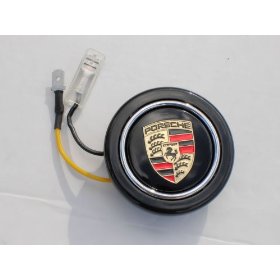

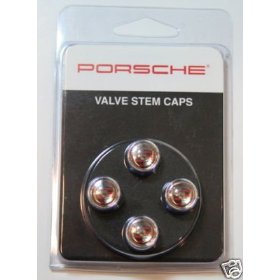



















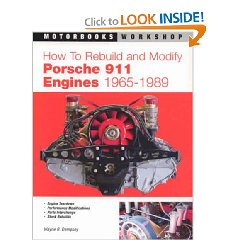
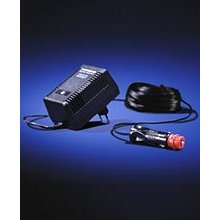
![Show details of Porsche 996 The Essential Companion: Supreme Porsche [ILLUSTRATED] (Paperback).](http://images.internetrader.com/OnlineProducts/IMAGES/2009/04/25/21/16/090425211641003-O.jpg)

